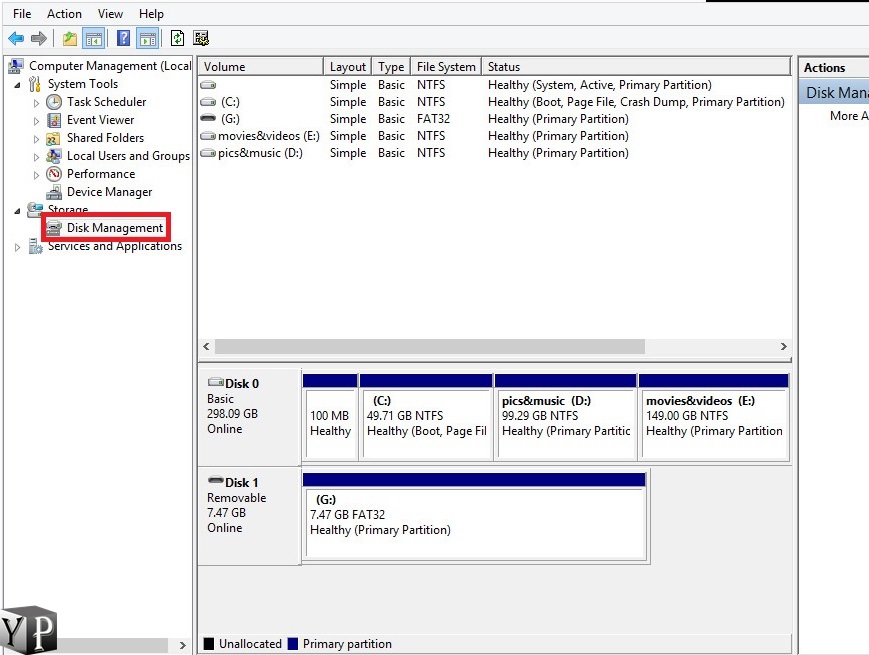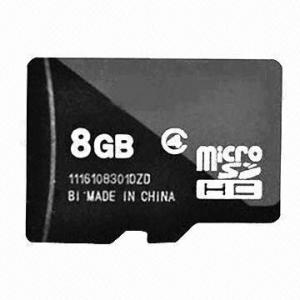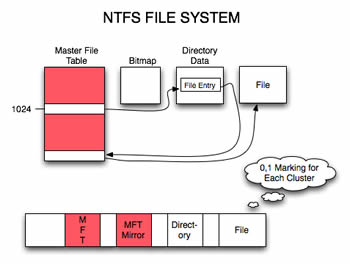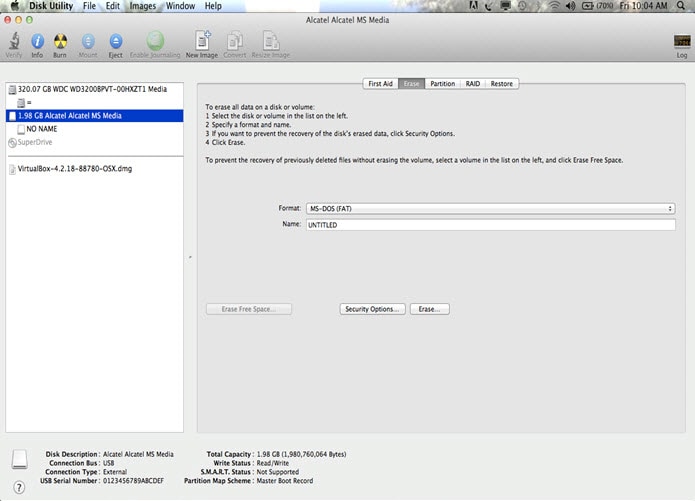Contains file names and metadata Located immediately after FAT(s) in FAT12/16 or in a location specified in the FAT32 boot sector Supports 8.3 names or long file names
Apr 16, 2018 · FAT OVERVIEW FAT is by far the most simplistic of the file systems supported by Windows NT. The FAT file system is characterized by the file allocation table (FAT), which is really a table that resides at the very “top” of the volume.
You have options when it comes to formatting a USB drive for use in a PC: FAT32, exFAT, and NTFS. We’ll explain what they are and how to choose the best file …

Jul 08, 2011 · Hi all! in this instructable i will tell you how to format a usb memory stick to FAT(not FAT32) you will need: USB memory stick(everything under 8gb

ZIP is an archive file format that supports lossless data compression.A ZIP file may contain one or more files or directories that may have been compressed. The ZIP file format permits a number of compression algorithms, though DEFLATE is …


Nov 15, 2016 · Format USB flash drive to FAT when there is no FAT option on format window.
File Allocation Table (FAT) is a computer file system architecture and a family of industry-standard file systems utilizing it. The FAT file system is a continuing standard which borrows source code from the original, legacy file …
Apr 16, 2018 · Windows 95 OSR2, Windows 98, and Windows Me include an updated version of the FAT file system. This updated version is called FAT32. The FAT32 file system allows for a default cluster size as small as 4 KB, and includes support for EIDE hard disk sizes larger than 2 gigabytes (GB).
FAT and FAT32 support up to 16TB. Yet Windows sets a 32GB limit for formatting with FAT or FAT32. We’ll show you how to format larger drives.




NTFS Data Recovery Info and Recovery Software. All about NTFS & FAT File Systems

